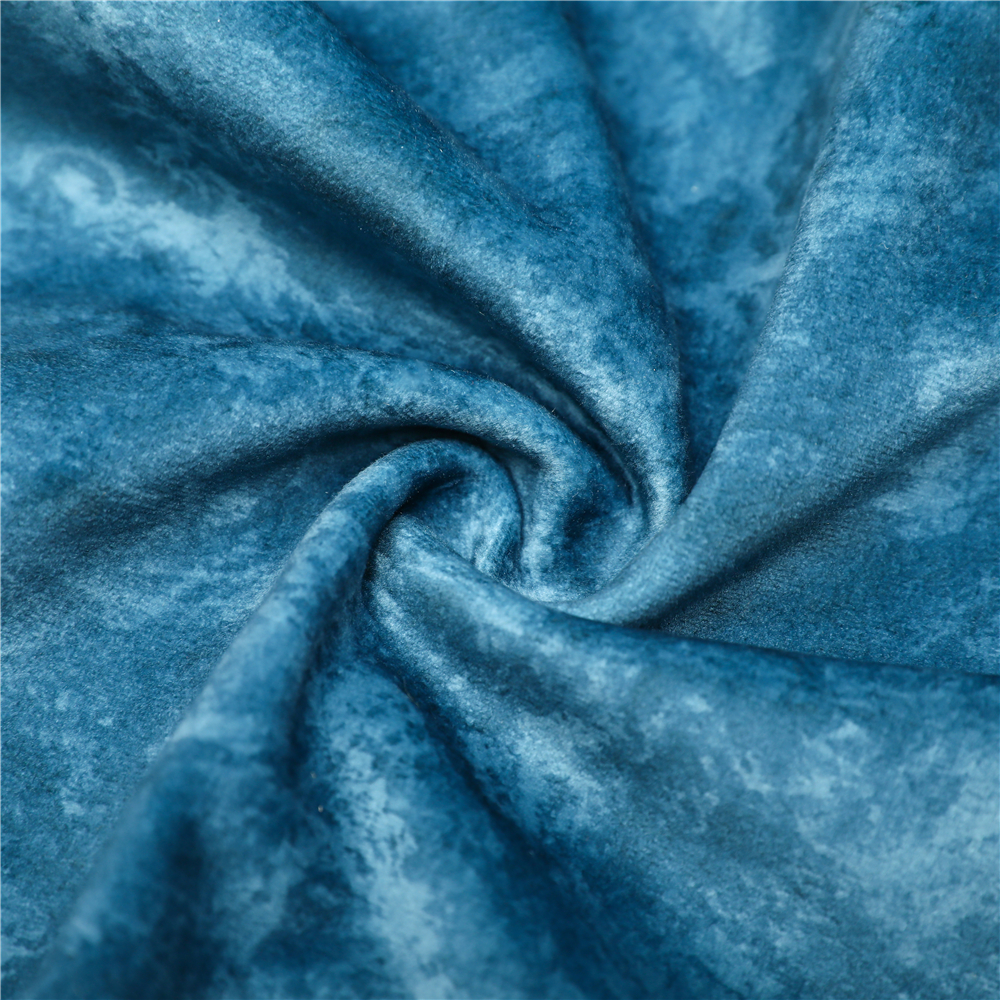Tricot fabric is a type of warp-knit fabric with several key properties that make it a popular choice for a wide range of applications. Some of the main properties of tricot fabric include:
Smooth Texture: Tricot fabric has a smooth, fine texture on both sides, which makes it comfortable to wear against the skin. This characteristic is particularly valued in applications like lingerie and sportswear.
Durability: Tricot fabric is known for its durability and resistance to wear and tear. It can withstand frequent use and washing, making it suitable for garments that need to maintain their appearance over time.
Stretch and Elasticity: Tricot fabric has a degree of stretch and elasticity, allowing it to conform to the body's contours and provide a comfortable fit. This property is valuable in applications where flexibility and ease of movement are essential.
Drapability: Tricot fabric drapes well and is often chosen for applications that require a soft, flowing, and elegant appearance. It can be used to create garments that hang gracefully.
Breathability: Tricot fabric can be breathable, allowing air circulation and moisture-wicking. This breathability is advantageous in sportswear, activewear, and undergarments where comfort and moisture control are crucial.
Lightweight: Tricot fabric is typically lightweight, which contributes to its comfort and suitability for various clothing items, especially those intended for warmer climates.

Colorfastness: Tricot fabric can be colorfast, meaning it retains its color vibrancy and resists fading, even after repeated washing or exposure to sunlight. This property is valuable for maintaining the fabric's appearance.
Wide Range of Colors: Tricot fabric is available in a wide range of colors, allowing designers and manufacturers to achieve diverse aesthetics and style variations.
Versatility: Tricot fabric is versatile and can be used in various applications, from lingerie to sportswear, swimwear, activewear, and even automotive and upholstery textiles.
Sewability: Tricot fabric is often easy to sew and work with, making it a popular choice for manufacturers and designers. It is typically compatible with various sewing techniques and machinery.
Wrinkle Resistance: Tricot fabric tends to be less prone to wrinkling than some other fabrics, which can reduce the need for ironing and maintenance.
Variety of Patterns: Tricot fabric can be produced with different knitting patterns, such as plain, rib, and brushed tricot, offering designers a choice in texture and appearance.
Dimensional Stability: Tricot fabric is designed to maintain its shape and size, even after multiple washes. This property is vital for clothing items that need to fit consistently.
These properties make tricot fabric a desirable material for a wide range of applications, from intimate apparel and sportswear to various technical textiles. Designers and manufacturers appreciate its combination of comfort, versatility, and durability, making it a popular choice in the textile industry.

 英语
英语 中文简体
中文简体

















